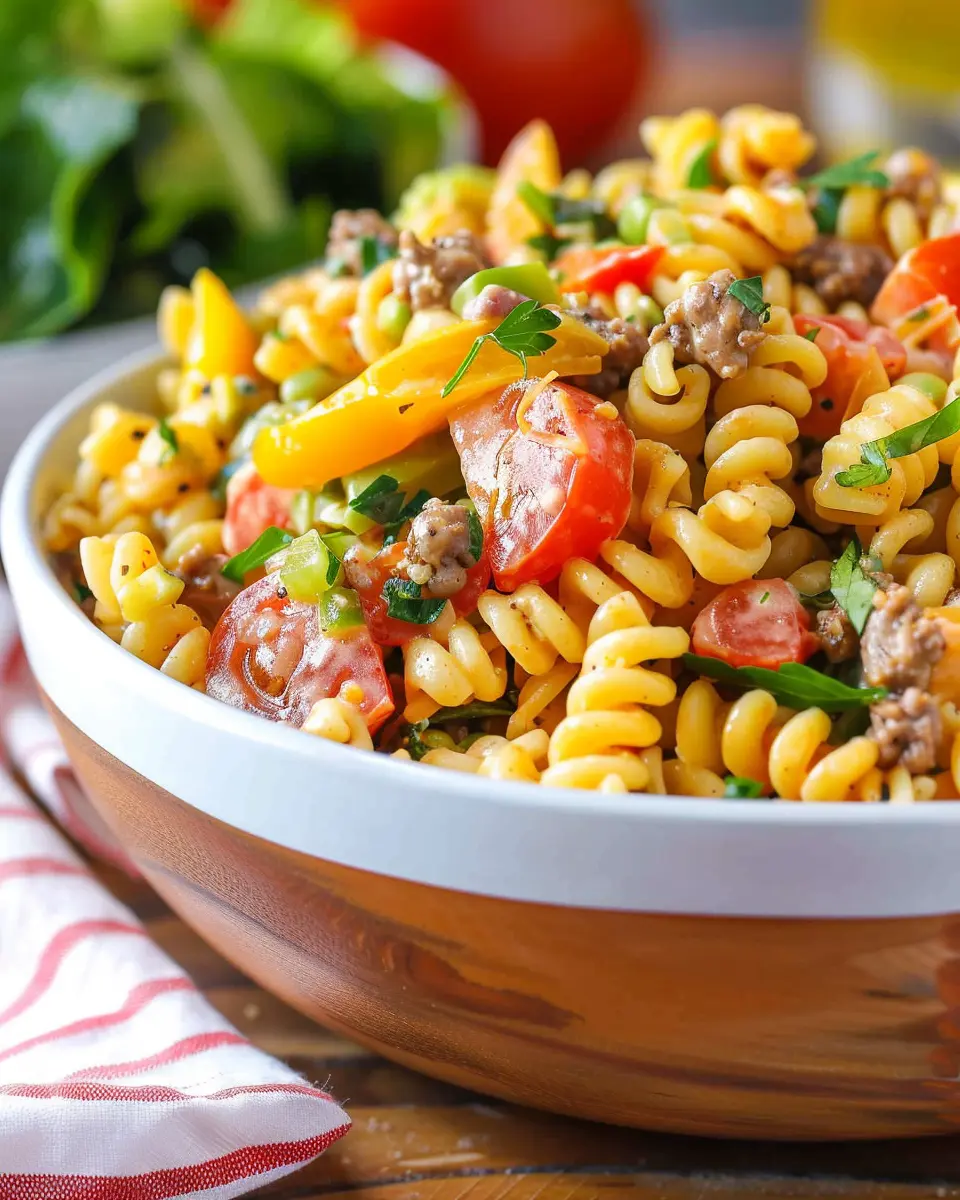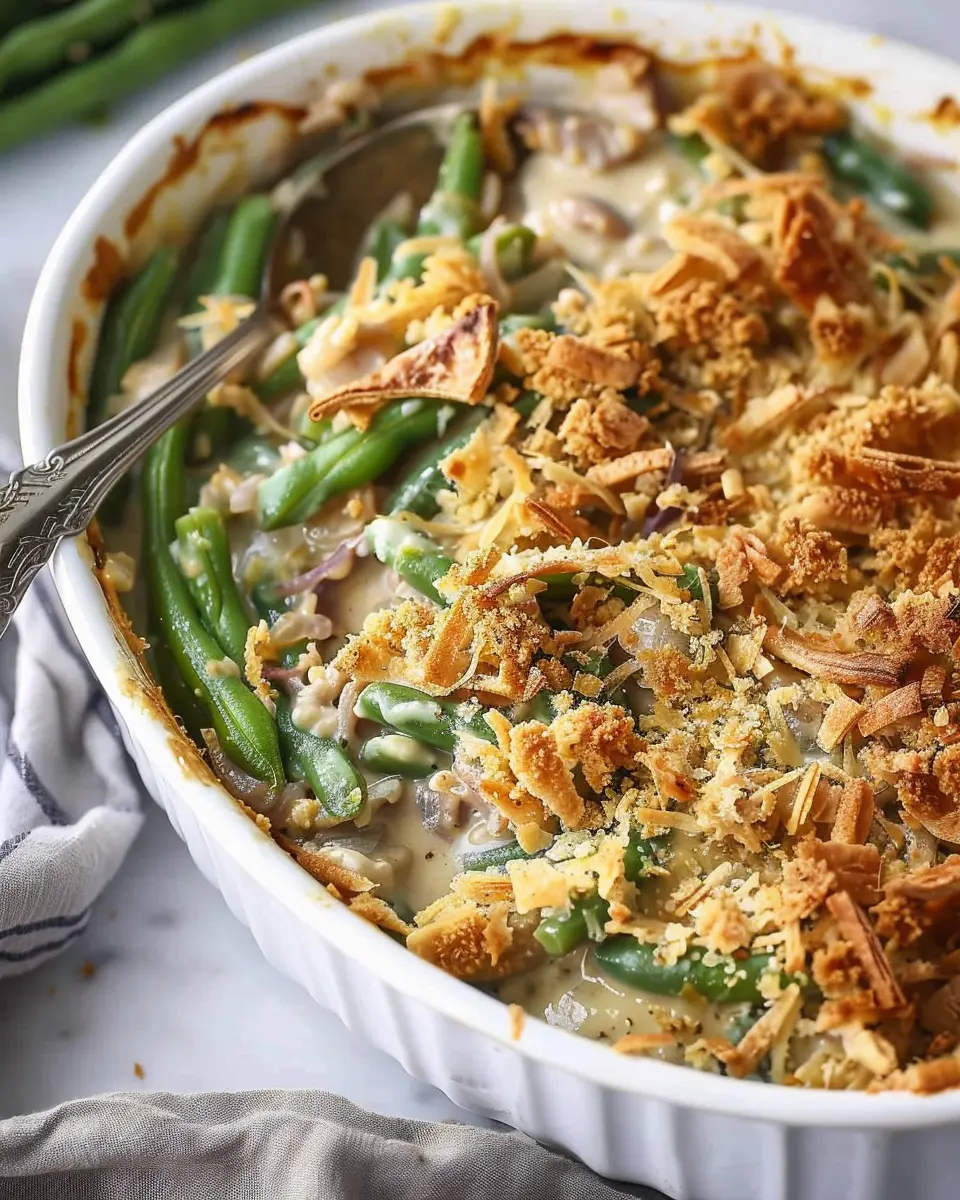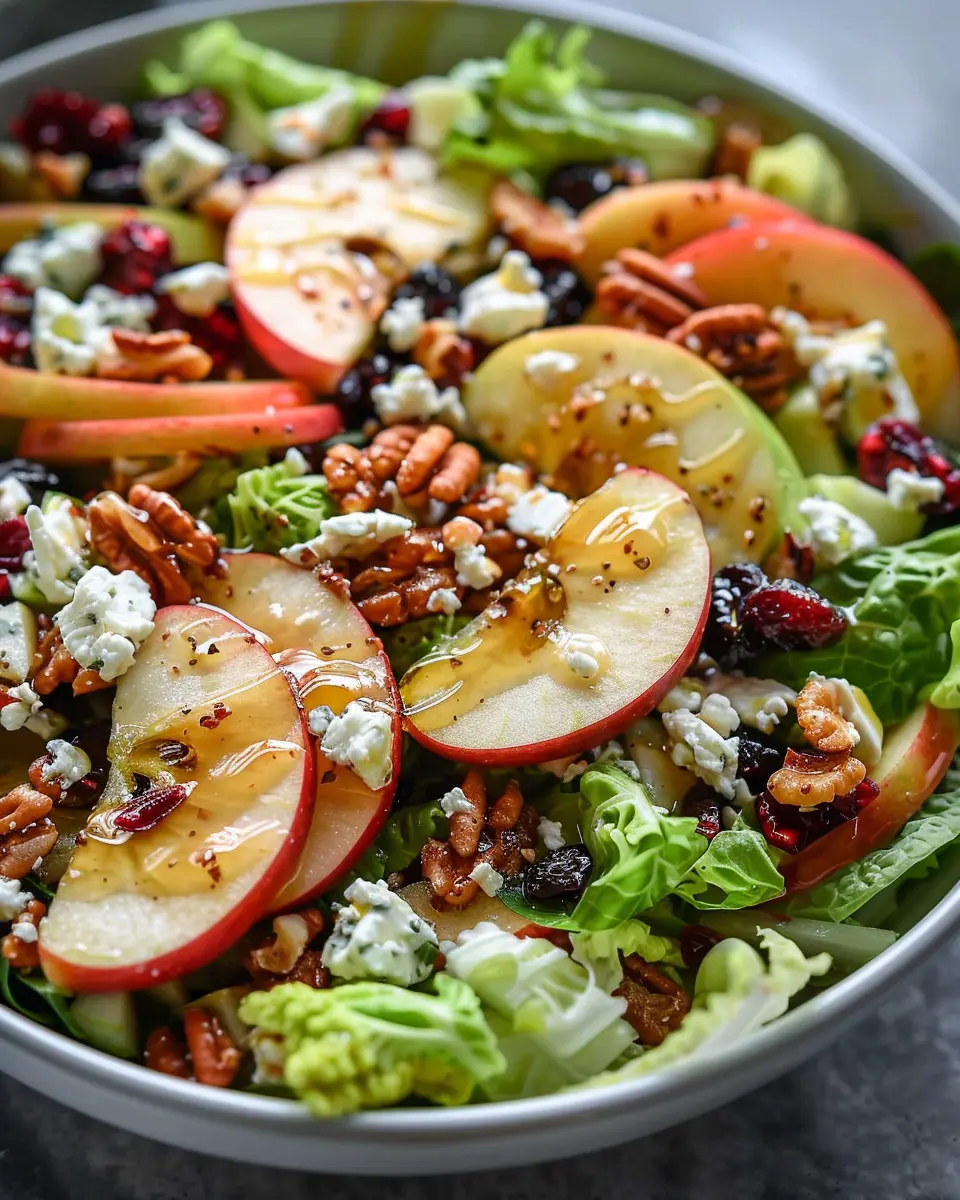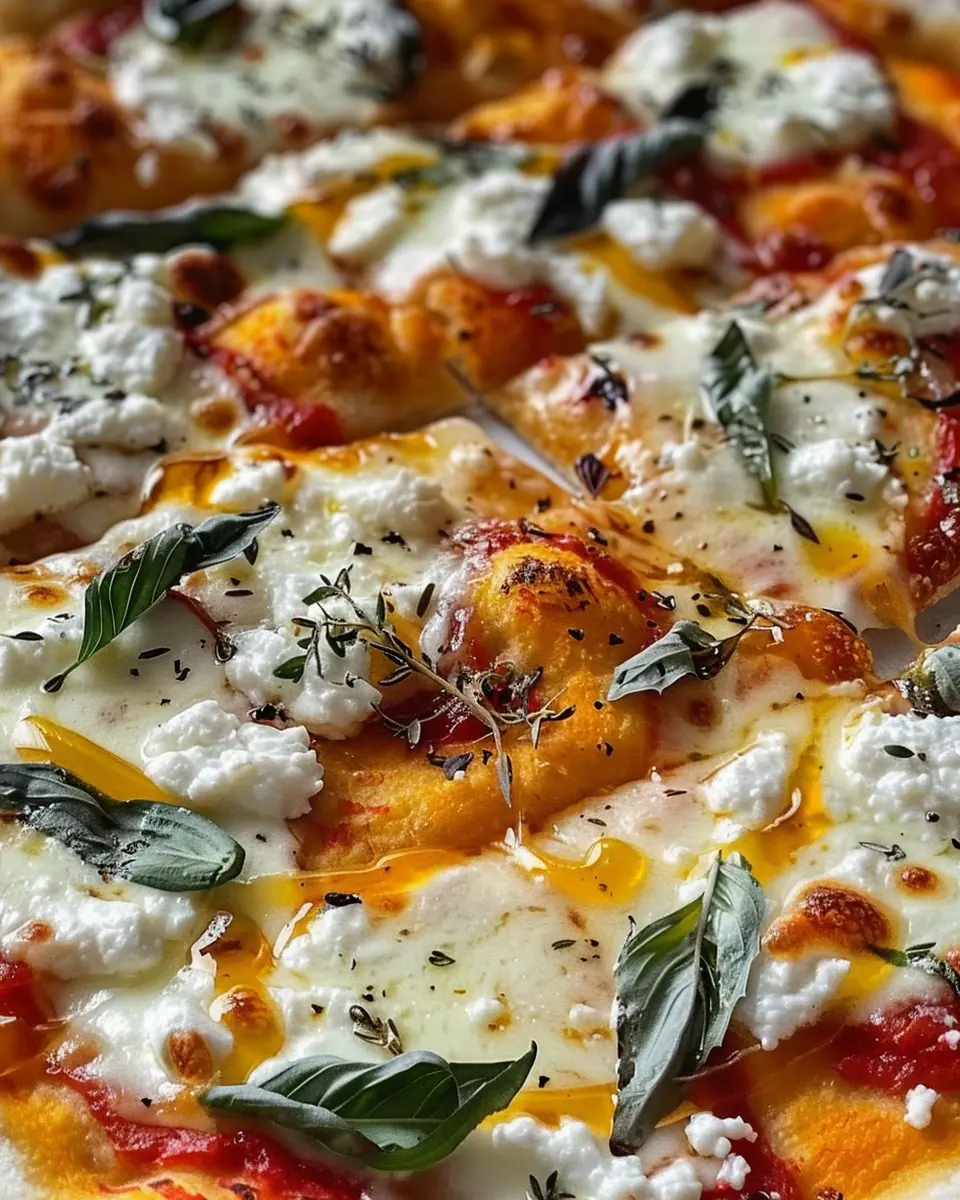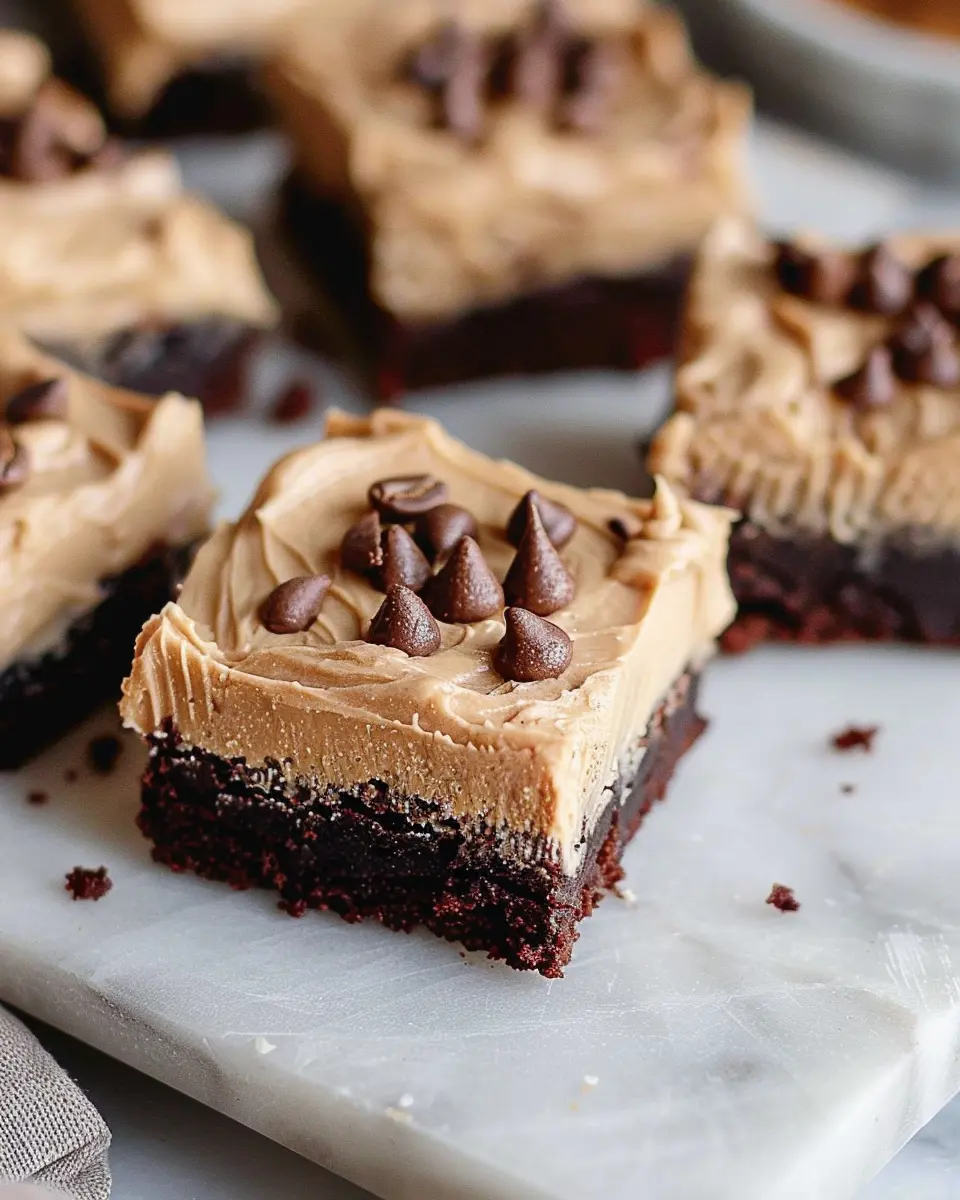Introduction to Crusty Italian Bread
What is Crusty Italian Bread and Why is it a Staple?
Crusty Italian bread is a delicious and rustic delight that captures the essence of Italian baking traditions. Characterized by its thick, crunchy crust and soft, airy interior, this bread is not just a culinary masterpiece; it’s a symbol of comfort and community. Imagine biting into a slice of warm bread, the crackling crust giving way to a fluffy center—it’s a sensory experience that’s hard to resist!
So, what makes crusty Italian bread a staple in many households? For starters, its versatility. It can accompany any meal, whether you’re savoring a hearty soup, crafting a luxurious sandwich with turkey bacon and chicken ham, or simply enjoying it with a good olive oil dip. Many Italian families even toast thick slices for breakfast, smothering them with fresh tomatoes and basil for a vibrant morning treat. According to a survey conducted by the Italian Food Photography Association, bread comes first in most Italian lunches and dinners, showcasing its integral role in daily dining.
The Health Benefits of Bread in Moderation
While bread has faced its share of criticism over the years, it’s worth noting that when enjoyed in moderation, crusty Italian bread can be part of a balanced diet. It provides essential carbohydrates that fuel your body, especially after a long day. Whole grain varieties can also offer added fiber, which supports digestion and overall health. If you’re concerned about gluten, consider local bakeries that specialize in artisan techniques, as these breads often contain fewer preservatives and additives.
Craving the experience of baking this cherished staple? You’re not alone! Many home bakers take to the kitchen not just for nourishment but for the joy of creating something from scratch. The process can be therapeutic: kneading the dough, watching it rise, and finally, crafting that perfect crust. Bookmark this process and prepare to impress your friends and family with your newfound skills.
As you delve into this recipe for crafting the ideal crusty Italian bread, keep in mind that patience and practice are key. The magic lies in the details—from the ingredients you choose to the method of baking. For more tips on perfecting your homemade bread, check out Artisan Bread in Five Minutes a Day, a fantastic resource for beginners and seasoned bakers alike. Happy baking!
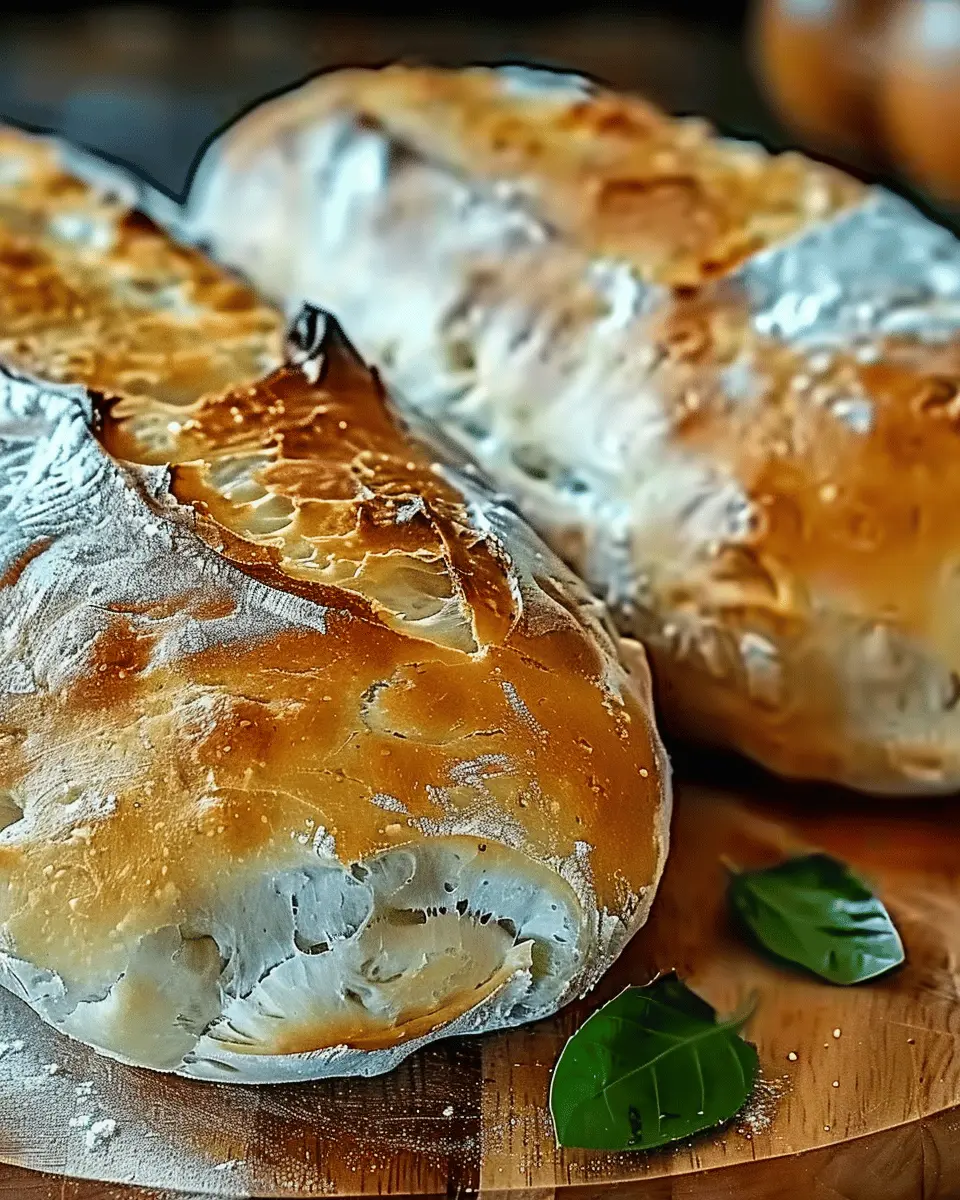
Ingredients for Crusty Italian Bread
Essential ingredients for the perfect loaf
Baking a loaf of crusty Italian bread is a rewarding endeavor that fills your kitchen with irresistible aromas. To get started, gather these essential ingredients:
- Bread Flour: At least 3 cups for that classic chewy texture. Bread flour has a higher protein content, which develops gluten, giving your loaf that delightful structure.
- Water: Approximately 1.25 cups, ideally at around 110°F (43°C). This temperature helps activate the yeast without killing it.
- Yeast: Use either instant yeast or active dry yeast — both work wonders. If you’re unsure, instant yeast is usually more forgiving.
- Salt: About 2 teaspoons, as it enhances flavor and regulates yeast activity.
Optional ingredients for flavor enhancement
Want to take your crusty Italian bread to the next level? Consider these optional ingredients:
- Olive Oil: A tablespoon can add richness and tenderness.
- Dried Herbs: A sprinkle of rosemary or oregano can elevate the flavor profile beautifully.
- Parmesan Cheese: Grated cheese mixed into the dough will give a wonderful umami kick. Want the classic Italian flair? Check out The Spruce Eats for more ideas.
Mix and match these ingredients to discover your perfect loaf! As you bake, enjoy the process and don’t forget to taste along the way. Happy baking!
Preparing Crusty Italian Bread
Making crusty Italian bread at home can be an incredibly rewarding experience. The aroma wafting through your kitchen while it bakes is nothing short of heavenly. Let’s walk through the steps to ensure you achieve that perfect crust every time, resulting in a loaf that’s deliciously golden and crusty on the outside, soft and chewy on the inside.
Gather and Measure Your Ingredients
First things first—before you dive into mixing and kneading, it’s crucial to gather and measure all your ingredients accurately. Here’s what you’ll typically need:
- 4 cups of all-purpose flour
- 1 ½ teaspoons of salt
- 2 teaspoons of active dry yeast
- 1 ½ cups of warm water (around 110°F)
- A pinch of sugar (to help activate the yeast)
Feel free to explore different flour types, like bread flour, for an even chewier texture, or check out resources like King Arthur Baking for more tips on flour varieties.
Mix the Dough
Once your ingredients are in front of you, start by combining the flour and salt in a mixing bowl. In a separate bowl, mix the warm water, sugar, and yeast. Let it sit for about 5–10 minutes until it becomes frothy—this means your yeast is active and ready to go!
Next, create a well in your flour mixture, and pour in your yeast mixture. Stir with a wooden spoon until the dough starts to come together. It’ll look rough and shaggy, but that’s exactly what you want at this stage.
Knead the Dough to Perfection
Now comes the fun part: kneading! Transfer your dough onto a lightly floured surface and start working it with your hands. You’ll want to knead for about 10 minutes until your dough becomes smooth and elastic. A great technique is to push the dough away from you, fold it back over, and turn it 90 degrees, repeating until you’ve achieved that smooth texture!
If you’re not sure about your kneading technique, check out some awesome guides on The Kitchn for visual demonstrations that really clarify this technique.
First Rise: Letting the Dough Develop Flavor
After kneading, it’s time for the first rise, which is crucial. Place your dough in a lightly oiled bowl, cover it with a damp cloth, and let it rise in a warm spot until it doubles in size—usually about 1 to 2 hours. This step allows the flavors to develop and is one of the most crucial elements of creating crusty Italian bread.
Shape the Loaf and Second Rise
Once your dough has risen, gently punch it down to release the gases. Now, shape it into a round or oval loaf by tucking the edges under to create tension on the surface. Place your shaped loaf on a floured baking sheet or a proofing basket, cover it, and let it rise again for about 30 to 45 minutes. This second rise is vital for achieving that airy interior.
Preheat the Oven and Prepare for Baking
As your dough starts its second rise, preheat your oven to 450°F (230°C). To add that restaurant-quality crust, place a baking stone or an inverted baking sheet in the oven while it preheats. If you have a cast-iron skillet, place it on the bottom rack as well; you’ll pour water into it later to create steam.
Bake the Bread and Achieve That Crusty Exterior
Finally, once your oven is hot and your dough has risen again, you’re ready to bake! Carefully score the top of your loaf with a sharp knife for a professional touch. Then, gently place the loaf into the oven, pouring a cup of water into the hot skillet or pan to generate steam. Bake for around 25-30 minutes or until the loaf is golden brown. The internal temperature should reach about 200°F (93°C) for that perfect result.
Once it’s done, let your crusty Italian bread cool on a wire rack before slicing. Trust me, the moment you cut into it will be worth the wait. Enjoy making this delectable loaf—you’ve earned it!
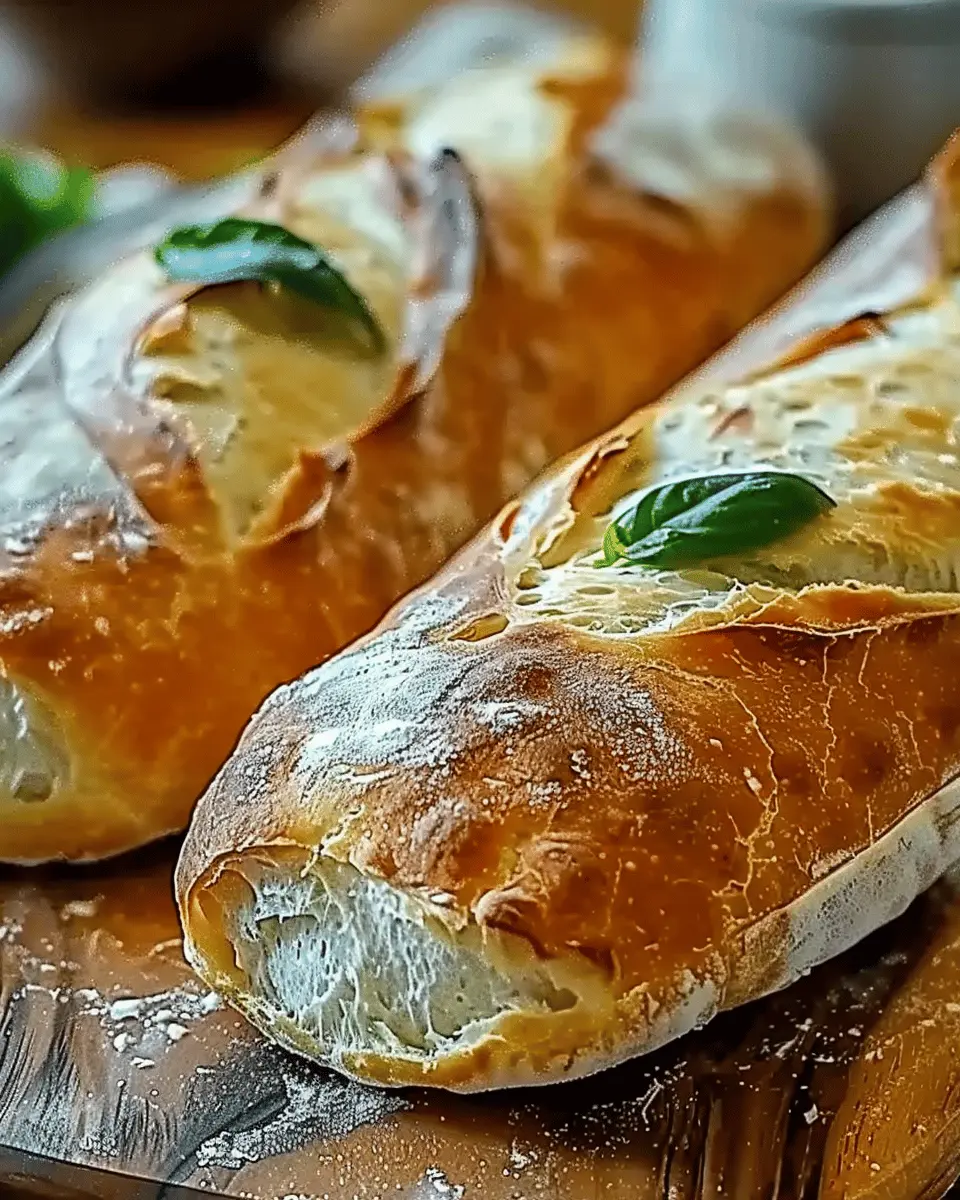
Variations on Crusty Italian Bread
By now, you’ve probably discovered the joys of baking crusty Italian bread at home. But why stop at the classic recipe? Let’s explore some delicious variations that will elevate your baking game and impress your friends!
Herbed Crusty Italian Bread
Transform your loaf into a fragrant delight by incorporating a medley of fresh herbs. Consider using:
- Rosemary: A classic Italian herb, perfect for a savory aroma.
- Thyme: Adds a subtle earthy flavor.
- Oregano: Brings that classic Italian taste right into your kitchen.
Simply mix your favorite chopped herbs into the dough while kneading. Not only does this version taste amazing, but it also makes your home smell heavenly! Try pairing it with a flavorful dip like olive oil infused with balsamic vinegar for an Italian twist that’s absolutely addictive.
Olive and Cheese Stuffed Crusty Bread
Want to create something that’s a crowd-pleaser? How about stuffing your crusty Italian bread with olives and cheese? Here’s how you can make this happen:
- Use Kalamata or green olives for briny goodness.
- Choose mozzarella or fontina cheese for that gooey, melty center.
To prepare, flatten the dough after the first rise and sprinkle the olives and cheese evenly before folding it over and shaping it into a loaf. The result will be a luscious, cheesy surprise in every slice that pairs beautifully with a simple salad or as a unique appetizer at gatherings.
For more inspiration and techniques, check out Bread Baking Basics. These variations are just a few ways to make your crusty Italian bread experience even more delightful. Enjoy baking!
Cooking Tips and Notes for Crusty Italian Bread
Common Mistakes to Avoid
Baking crusty Italian bread can feel intimidating, but avoiding a few common pitfalls can lead to a flavorful success. One key mistake is underestimating the importance of fermentation. Allow your dough ample time to rise—this develops the flavor and structure. Another error is not using enough steam in the oven when baking. A splash of water on the oven floor can create steam, resulting in that perfect, crisp crust. Lastly, don’t skip the cooling step; patience is a virtue here, as it allows the flavors to mellow and the texture to set.
Tools That Make Baking Easier
Investing in the right tools can transform your baking experience. Consider using a dutch oven for that authentic, artisanal crusting effect—its enclosed environment mimics a professional bakery. A kitchen scale ensures precise measurements, leading to consistent results. And don’t forget a bench scraper; this handy tool makes dough handling a breeze and keeps your workspace tidy.
For more baking tips, you can check out resources from King Arthur Baking and Serious Eats for expert guidance.
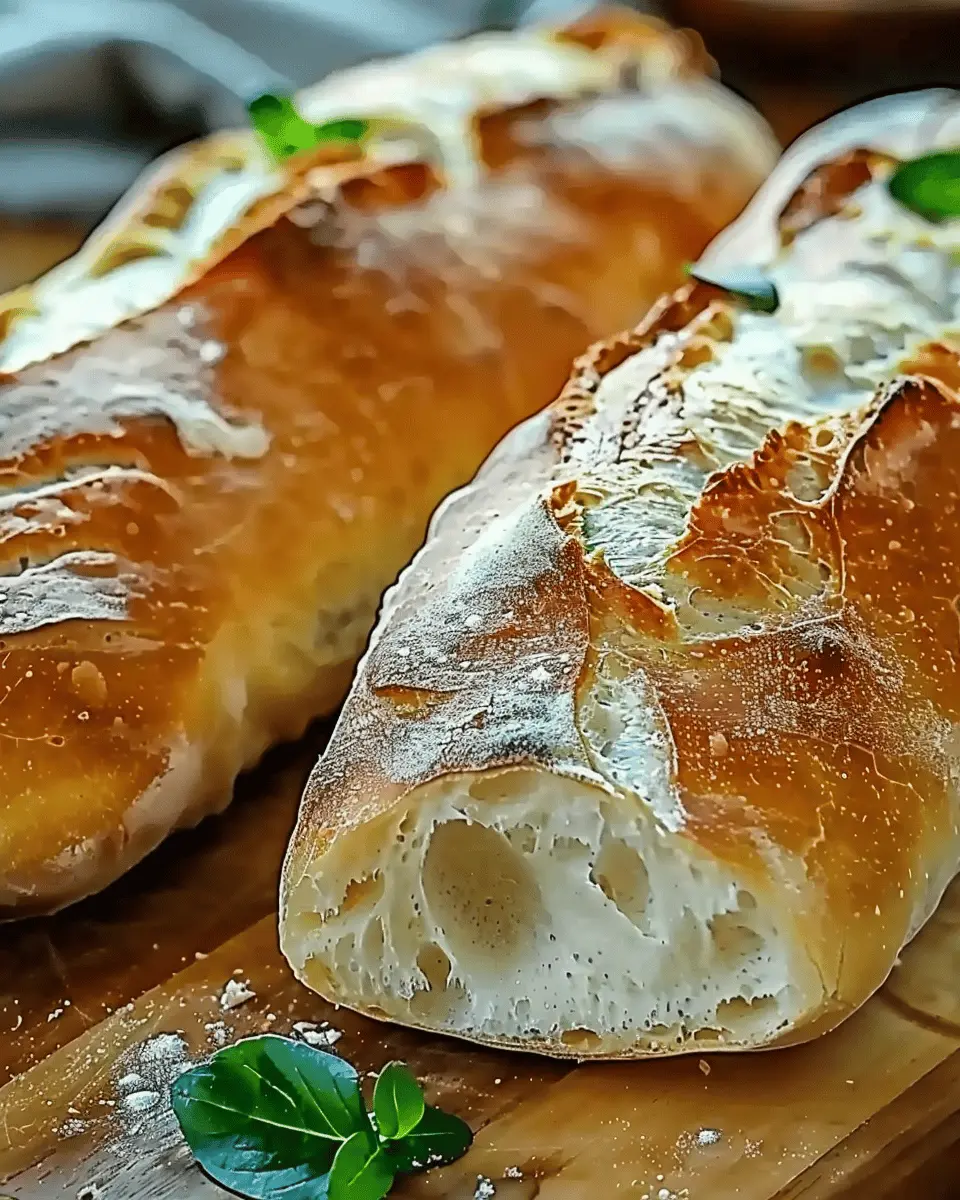
Serving suggestions for Crusty Italian Bread
Pairing with soups and salads
There’s something magical about crusty Italian bread when it meets a warm bowl of soup or a fresh salad. Its texture and deep flavor enhance any dish. Try dipping a slice into creamy tomato basil soup or serving it alongside a zesty Italian salad. The contrasting textures create a delightful experience for your palate. Plus, adding vibrant vegetables not only looks appetizing but also packs your meal with nutrients. Check out Healthy Eating for tips on nutritious salads.
Using as a base for tasty sandwiches
Let’s face it: crusty Italian bread makes an irresistible sandwich base. Picture a beautiful turkey bacon and avocado sandwich or a grilled chicken ham delight, slathered with a tangy aioli. The sturdy loaf holds up to even the heartiest fillings without getting soggy, making it perfect for lunch or a picnic. Don’t shy away from getting creative—try adding pickled vegetables or spicy spreads to elevate flavors. Trust me; your taste buds will thank you!
With these suggestions, your crusty Italian bread works as an artisan staple in your kitchen arsenal!
Time breakdown for Crusty Italian Bread
Preparation Time
Making crusty Italian bread starts with a little hands-on time. You’ll need about 20-30 minutes to gather your ingredients, mix the dough, and shape it into loaves. It’s like a mini workout, and trust me, the aroma that fills your kitchen is worth every second.
Rising Time
The real magic happens during rising. This step usually takes around 2-3 hours for the dough to double in size. It’s the perfect time to catch up on a favorite show or plan your next meal. For a more flavorful bread, consider refrigerating the dough overnight for a slow rise.
Baking Time
Once your dough has risen, preheat your oven and bake those beauties for about 30-35 minutes. You’ll know they’re done when they turn a beautiful golden brown and sound hollow when tapped.
Total Time
All in all, you’re looking at 3 to 5 hours, including prep and rising. But don’t let the time discourage you; this crusty Italian bread is likely to become a staple in your kitchen, making every minute spent worthwhile. Explore more on bread-making at acclaimed sources like King Arthur Baking for tips and tricks that will elevate your baking skills!
Nutritional Facts for Crusty Italian Bread
If you’re diving into the world of homemade crusty Italian bread, it’s great to know what’s in it, especially if you’re mindful of your diet. Here’s a handy breakdown of its nutritional profile:
Calories
A single slice of crusty Italian bread typically contains around 70-80 calories. It’s the perfect base for many delicious toppings without breaking the calorie bank!
Carbohydrates
With approximately 15 grams of carbohydrates per slice, this bread provides a quick energy boost, making it ideal for your busy day.
Protein
In terms of protein, you can expect about 2-3 grams per slice. It’s not a powerhouse like your turkey bacon or chicken ham, but it adds to your overall daily protein intake when enjoyed as part of a balanced meal.
For more detailed information on the nutrition of bread, check out sources like Healthline for up-to-date insights.
FAQs about Crusty Italian Bread
When it comes to crusty Italian bread, we all have questions. Whether you’re a novice baker or just looking to refine your skills, this FAQ section aims to help you achieve that perfect loaf every time!
How do I achieve a crusty loaf?
To create that beautifully crusty Italian bread, consider the following tips:
- Use high-hydration dough: This means incorporating more water into your dough. It creates steam during baking, leading to a crunchier crust.
- Steam in the oven: Place a pan filled with hot water on the oven floor while baking. This technique provides moisture that enhances crust formation.
- Bake at a high temperature: Start with around 450°F (232°C) for a short period, then lower it to allow the loaf to bake through while retaining that glorious crust.
Can I use whole wheat flour in my Italian bread?
Absolutely! While traditional crusty Italian bread is often made with all-purpose or bread flour, substituting with whole wheat flour gives a nuttier flavor and additional nutrition. Just be prepared for a denser texture and slightly less crusty finish. Mixing whole wheat with white flour can balance both flavor and texture, resulting in a delightful compromise.
How do I store leftover bread?
Leftover crusty Italian bread can be tricky since you want to prevent it from becoming stale. Here are a few tips:
- Wrap tightly in plastic wrap: This helps to retain moisture but be cautious — it can also soften the crust. A bread box works well too.
- Freeze for longer storage: If you won’t finish it within a few days, slice the bread and store it in an airtight bag in the freezer. Just toast slices as needed for a warm treat!
Feeling inspired? For more tips on bread types and storage methods, check out this bread storage guide from King Arthur Baking. Happy baking!
Conclusion on Crusty Italian Bread
The joy of making and enjoying homemade bread
There’s something truly magical about baking crusty Italian bread in your kitchen. The process transforms simple ingredients into a warm, golden loaf that can elevate any meal. Imagine the crackling crust that gives way to a soft, airy interior; it’s a delight for both the senses and the soul. Sharing this homemade goodness with friends and family fosters connections and memories that last a lifetime.
As you delve into this ancient craft, remember that practice makes perfect. Don’t hesitate to experiment with flavors or techniques. For tips on perfecting your artisan bread skills, check out resources like the King Arthur Baking Company or American Home Baking. Each bake is a step toward becoming a bread-making maestro, and with each loaf, you’re crafting a piece of warmth and love. Happy baking!
PrintCrusty Italian Bread: Bake Perfect Crust Every Time at Home
Learn how to bake the perfect crusty Italian bread at home with this simple recipe!
- Prep Time: 20 minutes
- Cook Time: 35 minutes
- Total Time: 2 hours 55 minutes
- Yield: 1 loaf 1x
- Category: Bread
- Method: Baking
- Cuisine: Italian
- Diet: Vegetarian
Ingredients
- 4 cups all-purpose flour
- 1 1/2 cups warm water
- 2 teaspoons salt
- 1 teaspoon sugar
- 1 tablespoon active dry yeast
Instructions
- In a bowl, combine warm water, sugar, and yeast. Let it sit for 5 minutes until frothy.
- Add flour and salt to the yeast mixture. Mix until a dough forms.
- Knead the dough for about 10 minutes until smooth.
- Place the dough in a greased bowl, cover it, and let it rise for 1-2 hours until doubled.
- Preheat your oven to 450°F (230°C) with a baking stone inside.
- Punch down the dough, shape it into a loaf, and let it rest for 30 minutes.
- Transfer the loaf to the hot baking stone and bake for 30-35 minutes.
- Cool on a rack before slicing.
Notes
- For extra crust, place a pan of water in the oven to create steam.
- Experiment with different flours for unique flavors.
Nutrition
- Serving Size: 1 slice
- Calories: 120
- Sugar: 1g
- Sodium: 150mg
- Fat: 2g
- Saturated Fat: 0g
- Unsaturated Fat: 1g
- Trans Fat: 0g
- Carbohydrates: 23g
- Fiber: 1g
- Protein: 4g
- Cholesterol: 0mg
Keywords: Crusty Italian Bread, homemade bread, baking


